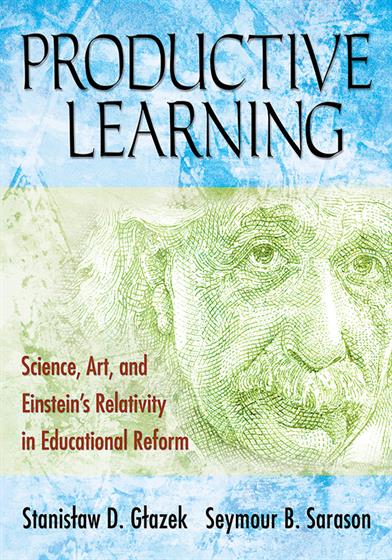Hands-on, Practical Guidance for Educators
From math,
literacy, equity, multilingual learners, and SEL, to assessment, school counseling,
and education leadership, our books are research-based and authored by experts
on topics most relevant to what educators are facing today.

Productive Learning
Science, Art, and Einstein's Relativity in Educational Reform
Use the concept of productive learning to reframe school reform!
This remarkable resource explores how real and lasting educational reform must focus on promoting productive learning contexts. The authors challenge readers' participation with a unique analytical approach based on the development of Einstein's theory of relativity. This learning experience demonstrates for readers how reframing the way we think about school reform and educating our students must embrace the following concepts:
- Meaningful interpersonal relationships between teachers and students
- Encouraging and nurturing student curiosities and perspectives
- Allowing students to bring their knowledge and experience to the learning process
Product Details
- Grade Level: PreK-12
- ISBN: 9781412940603
- Published By: Corwin
- Year: 2006
- Page Count: 280
- Publication date: September 07, 2006
Review Copies
This book is not available as a review copy.



